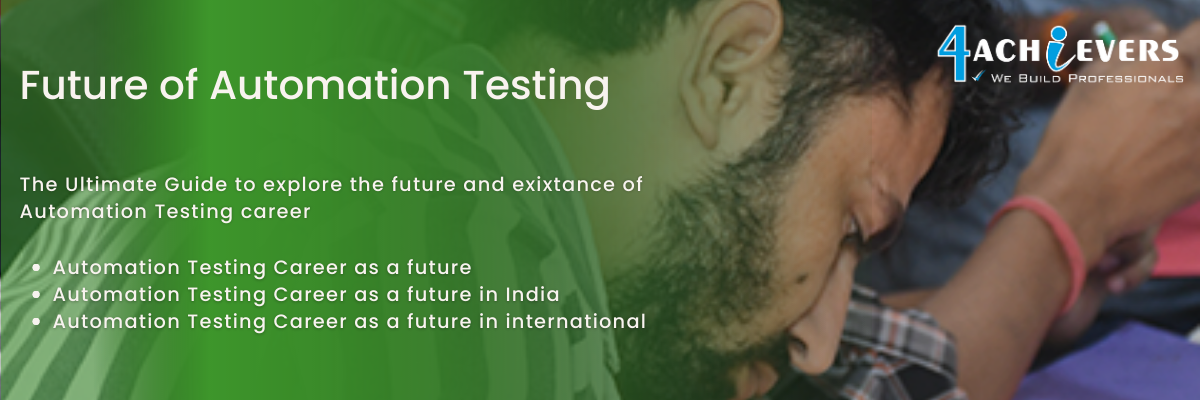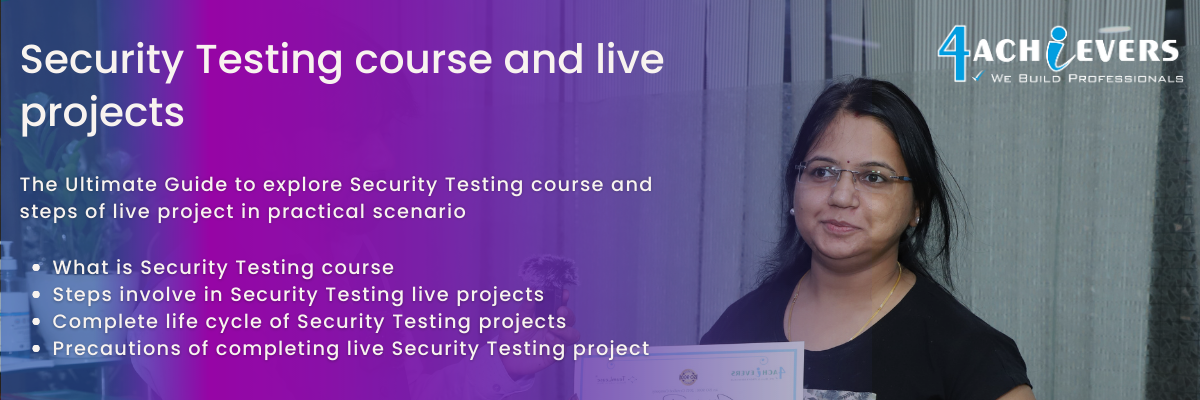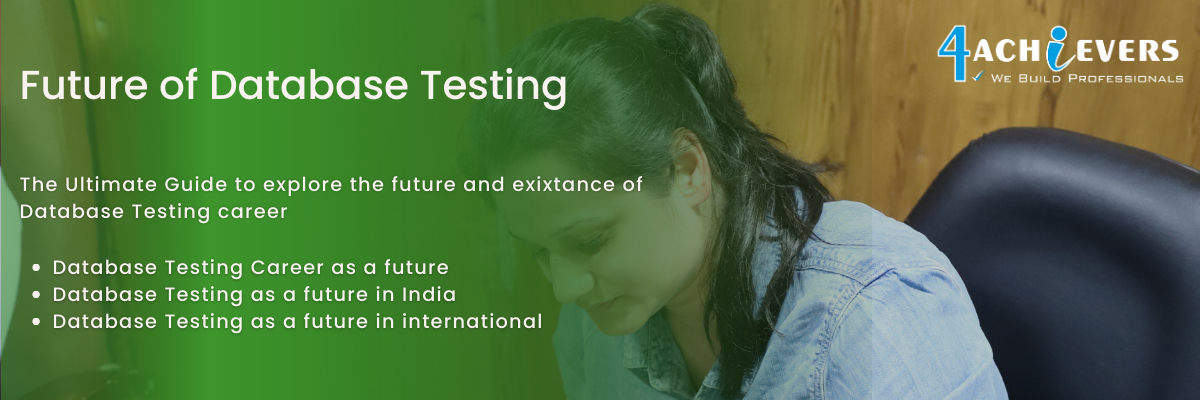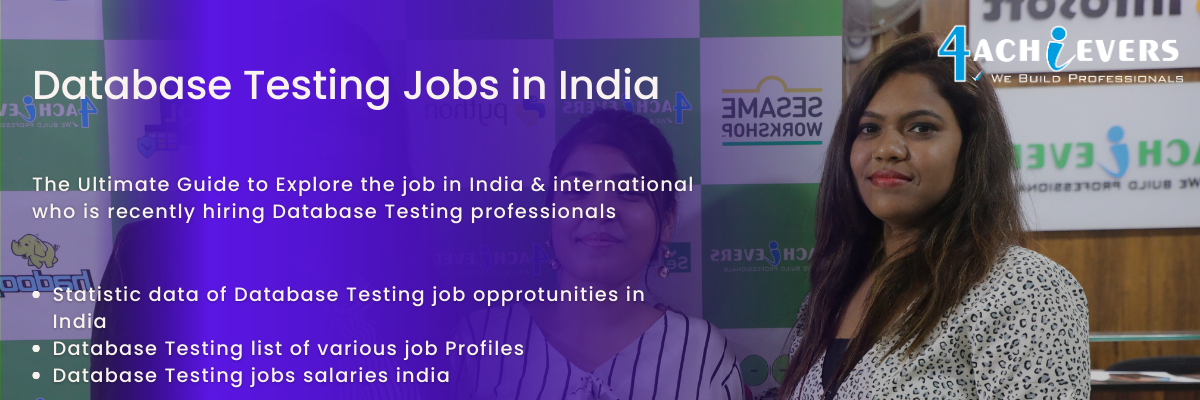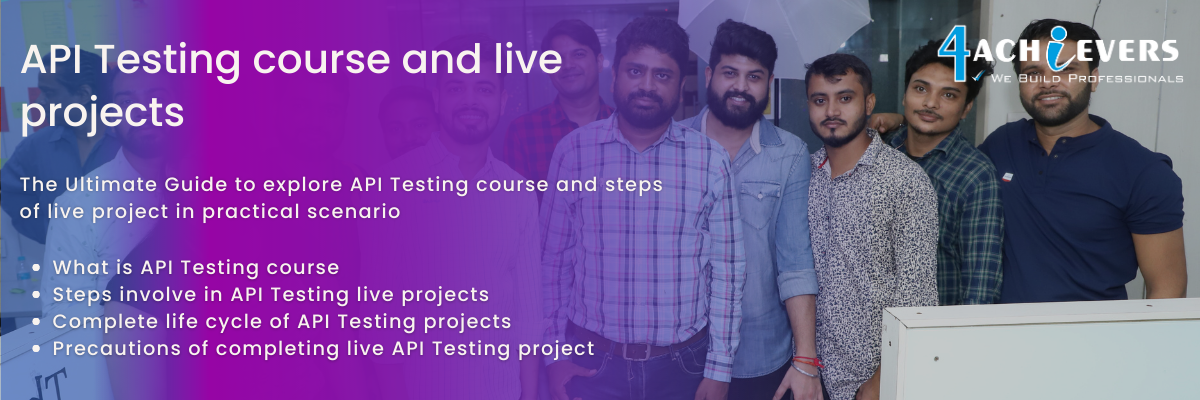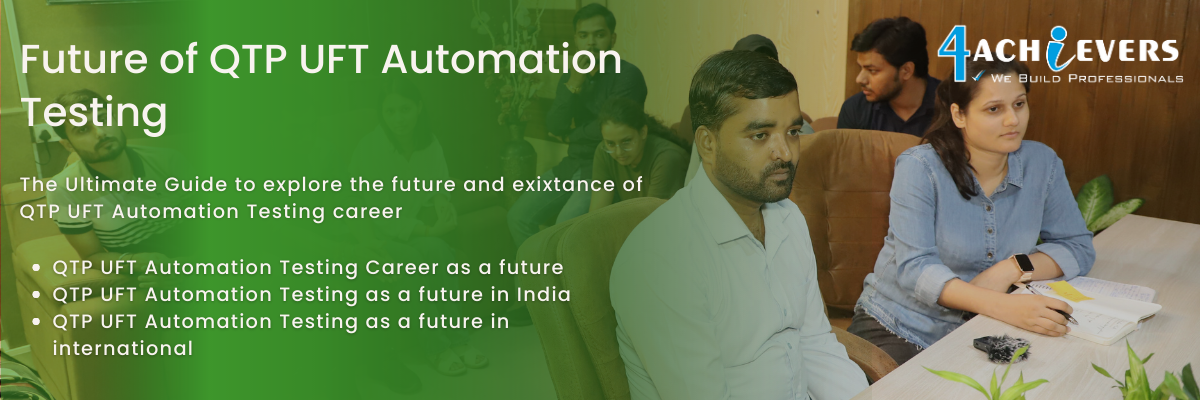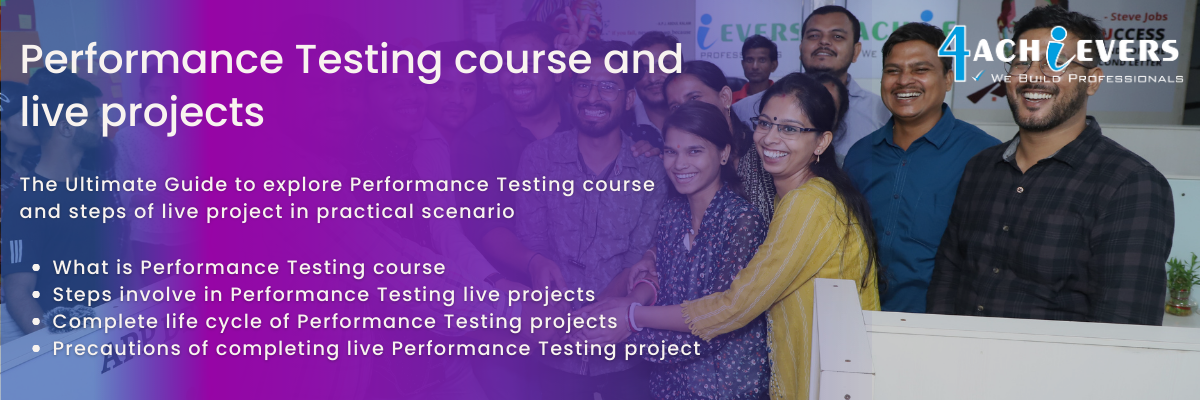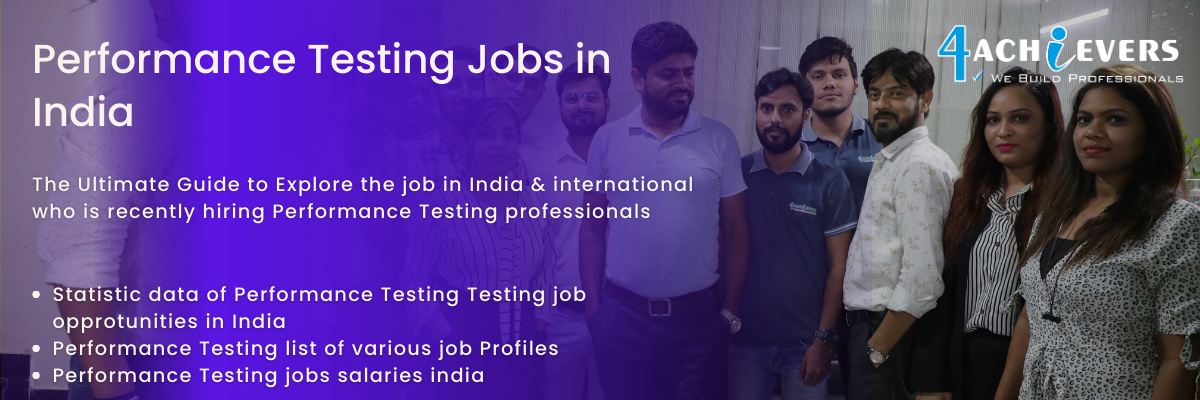





Manual testing is one of the most cost-effective ways of reducing the cost of software development. 4Achievers allows developers to identify and fix problems quickly and efficiently. Manual testing is also a great way to ensure the quality of the software, as it allows testers to inspect the code and identify any issues that may have been missed in the development process. Manual testing can also help to reduce the amount of time required to complete a project, as it can be completed more quickly than automated testing. Manual testing is also less expensive than automated testing, so it can be an excellent way to reduce costs. Additionally, manual testing can help to improve communication between developers and testers as it allows for more direct interaction and feedback. Finally, manual testing can help to ensure that the software meets the desired specifications and requirements, as testers can examine the code in detail and ensure that it is functioning as expected.
Manual testing provides a variety of benefits over automated testing. One of the main benefits is that it allows for more flexibility in testing as manual testing can be adapted to suit a variety of different situations. Additionally, manual testing can be used to investigate unknown areas or conditions that may be difficult to test with automated testing. Manual testing also allows for more comprehensive testing as testers can go through each step in the process and look for any potential issues. Additionally, manual testing is more cost-effective and requires less time to set up.
Manual testing is also more accurate as testers are able to manually review the results of each step and look for any discrepancies. This is not possible with automated testing. Additionally, manual testing allows testers to be more creative in their approach to testing, as they are able to use their judgment, knowledge and experience to investigate the system. This can lead to more thorough testing and, ultimately, better quality results.
Finally, manual testing allows testers to be more precise in their testing. Testers can take precise measurements and compare results to ensure accuracy. This is not possible with automated testing.
Overall, manual testing provides a variety of benefits over automated testing, including more flexibility, accuracy, cost-effectiveness, creativity, and precision.
Manual testers can ensure that their tests are comprehensive enough by creating good test plans, developing a thorough understanding of the application, using techniques such as boundary value analysis, equivalence partitioning and error guessing and by ensuring that they cover all possible scenarios. Additionally, they should aim to use independent test paths and take into account the application's overall architecture and design. Manual testers should also look to collaborate with developers and other stakeholders to ensure that the tests are comprehensive and that any potential issues or gaps are identified early. Finally, manual testers should ensure that they document all the tests that have been conducted, so that any issues can be tracked and remedied.
Test cases can be categorized into various types, depending on the scope of the test. These categories typically include unit, integration, system, acceptance, and regression tests.
Unit tests are usually written and performed by software developers to ensure that individual components of a program work as expected. They often involve testing a single class, method, or property.
Integration tests check that different components of a system work together as expected. They are often used to ensure that data is transferred correctly between different components of a program, such as between the database and the user interface.
System tests are used to check that an entire system works correctly. They often involve running multiple tests to ensure that all components are correctly integrated and that the system works as expected.
Acceptance tests are performed by the customer or other stakeholders to ensure that the system meets their requirements.
Regression tests are used to verify that changes made to a program have not introduced any new bugs. They are usually run after changes are made to ensure that the system still works as expected.
Functional testing is a type of software testing that verifies that an application or system performs as expected. This type of testing checks for the execution of specific user-level functions, such as logging in, making a purchase, or adding an item to a shopping cart. 4Achievers is also sometimes referred to as black box testing, since it focuses on the functionality of the system, without looking at the underlying code.
Non-functional testing is a type of software testing that verifies the non-functional requirements of an application or system. This type of testing is concerned with the performance, scalability, security, usability, and other characteristics of the system. Non-functional testing is also sometimes referred to as gray box testing, since it looks at the underlying code, as well as the user-level functions, to verify that the system meets all of its requirements.
Manual testing is an important aspect of software development and quality assurance. 4Achievers involves testing software manually, without the use of automated test tools or scripts. Manual testing is used to detect any defects, bugs or gaps in the overall functionality of the application.
4Achievers most important aspects of manual testing include:
1. Test Planning: Test planning is the process of creating and organizing the test cases and strategies for testing a software application. This involves creating test cases that cover all the functional and non-functional requirements of the application. 4Achievers also involves scheduling the tests and estimating the resources needed for the test execution.
2. Test Case Design: Test case design is the process of creating test cases that help identify the defects and bugs in the application. This involves creating test cases based on the functional and non-functional requirements of the application.
3. Test Execution: Test execution is the process of executing the test cases and recording the results. This involves executing the test cases manually and verifying the results.
4. Test Reporting: Test reporting is the process of reporting the test results to stakeholders. This involves creating reports on the test results, including defects, bugs and gaps in the application.
5. Defect Management: Defect management is the process of identifying, tracking and resolving defects in the application. This involves tracking the defects and fixing them before releasing the application.
Overall, manual testing is an important aspect of software development and should be done with care. 4Achievers helps identify any defects, bugs or gaps in the application and ensures that the application meets the requirements and is of high quality.
Test design technique is a systematic approach to determining how to structure and carry out a test to assess the quality of a software system. 4Achievers involves the selection of test cases, the execution of these test cases, and the evaluation of the results. This technique is used to ensure that the software meets its requirements and adheres to the desired quality standards. Test design technique can be applied to unit, integration, system, and acceptance tests. 4Achievers goal is to identify the right set of test cases that will effectively and efficiently test the software and detect any software errors. By utilizing test design techniques, software engineers can create a comprehensive set of tests that will provide the most value in terms of helping to identify and address any issues before the software is released.
Error guessing is a type of software testing approach where testers guess the potential software errors by relying on their experience and knowledge. Risk-based testing is a software testing approach where the testing efforts are focused on the test cases with highest risk, which are determined by assessing the risks associated with the project. Error guessing is more of a trial-and-error approach and does not involve much planning or analysis, whereas risk-based testing is based on risk analysis, which helps to identify and prioritize the most important tests to run.
Manual testers can detect and prevent software bugs by following certain best practices. Firstly, they should be familiar with the software they are testing, understand its features and requirements, and be aware of the expected behaviour. Secondly, testers should thoroughly test the software, checking each feature and function to ensure it works as intended. Thirdly, testers should be aware of common software bugs, such as memory leaks and race conditions, and look for signs of these during testing. Fourthly, testers should perform comprehensive regression tests to ensure existing features still work after the introduction of new features or changes. Finally, testers should create detailed bug reports that clearly explain the problem and how it can be replicated, so developers can quickly identify and fix the problem. By following these best practices, manual testers can detect and prevent software bugs.
A Quality Assurance (QA) Tester in Manual Testing is responsible for ensuring the quality and functionality of the software products that are released. They are responsible for performing tests on software to verify that it meets the pre-defined requirements of the project, as well as detecting and resolving any issues that may arise. QA Tester must be familiar with the development process, have a keen eye for detail and be familiar with software testing techniques and methodologies. They must be able to communicate effectively with the team and with the stakeholders in order to ensure the best possible outcome for the project. Manual Testing is often time-consuming and can be tedious, but is essential to ensure quality software. QA Testers should be able to think critically and have a thorough understanding of the system under test in order to identify potential issues and provide solutions.

